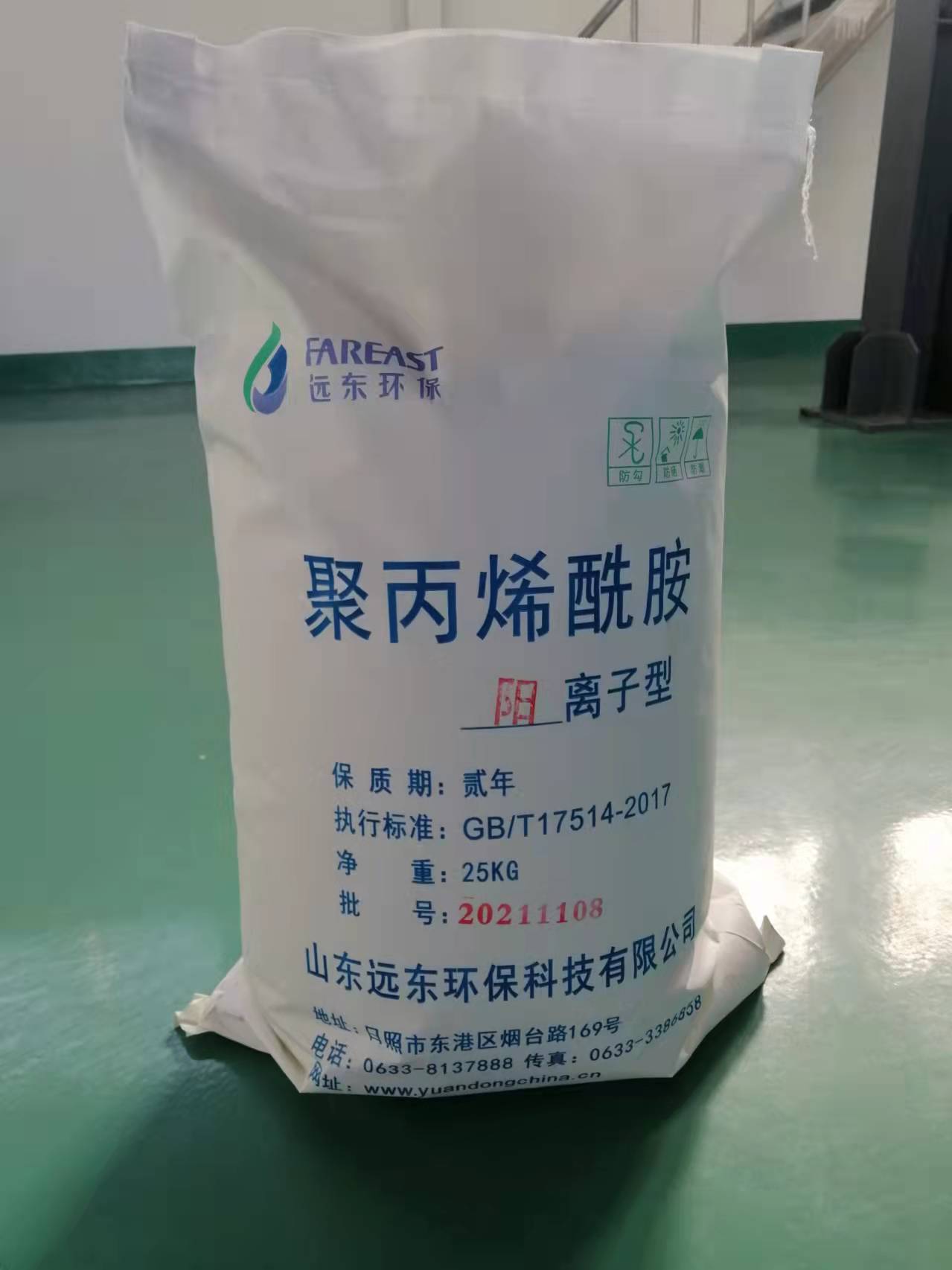The ionic degree of polyacrylamide generally refers to cationic polyacrylamide. The two main indicators for determining the quality of cationic polyacrylamide - ionic degree and molecular weight - represent the length of the molecular chain of polyacrylamide, and ionic degree refers to the density of electric charge, that is, the amount of electric charge of polyacrylamide. The ionic degree of polyacrylamide affects the compactness of its cotton ball and is closely related to the treatment effect. Generally, the higher the molecular weight of cationic polyacrylamide, the better the quality and the higher the price. However, the higher the ionic degree and molecular weight, the better the treatment effect.
The ionic degree of cationic polyacrylamide is a very important indicator. The higher the ionic degree is, the denser the impurity cotton formed in sewage treatment is, the greater it is. Cations are mainly used in negatively charged industrial sewage and municipal sewage. When used, cationic polyacrylamide is dissolved in the proportion of 1/1000 and added to the sewage. Then the impurities wrapped in the sewage form a connection sedimentation, which is commonly known as mud dewatering. After being put into the sewage, it will react with impurities quickly and separate the water and impurities. Then clay equipment can be put into operation.






 客服1
客服1